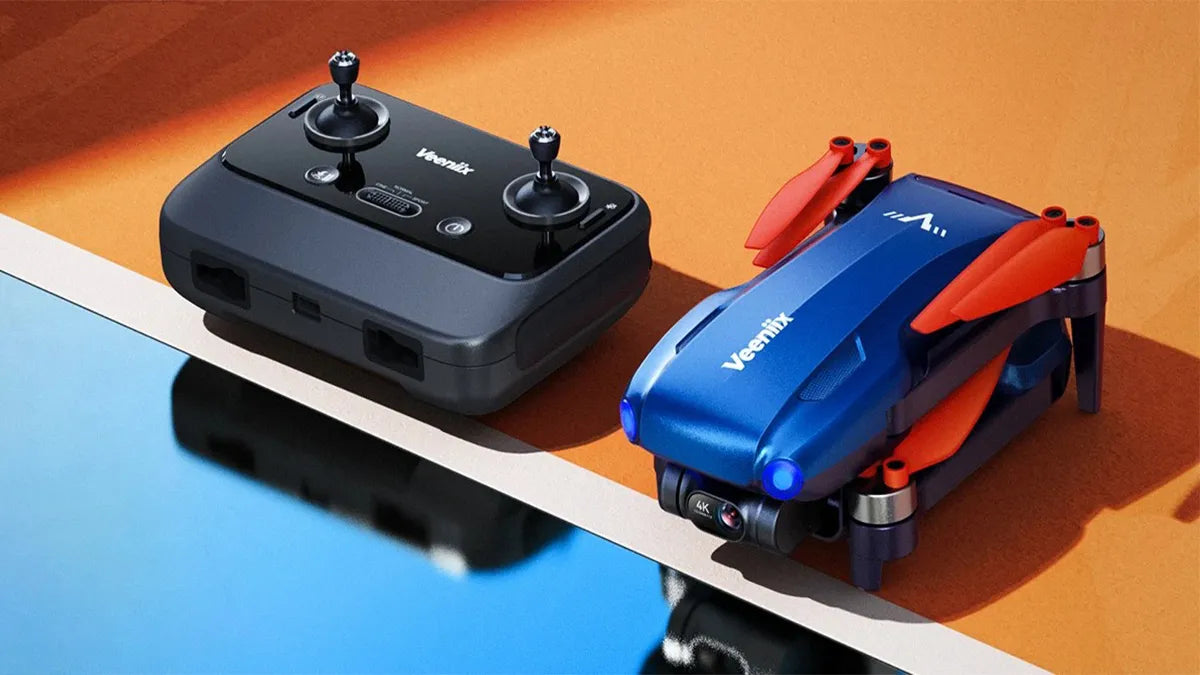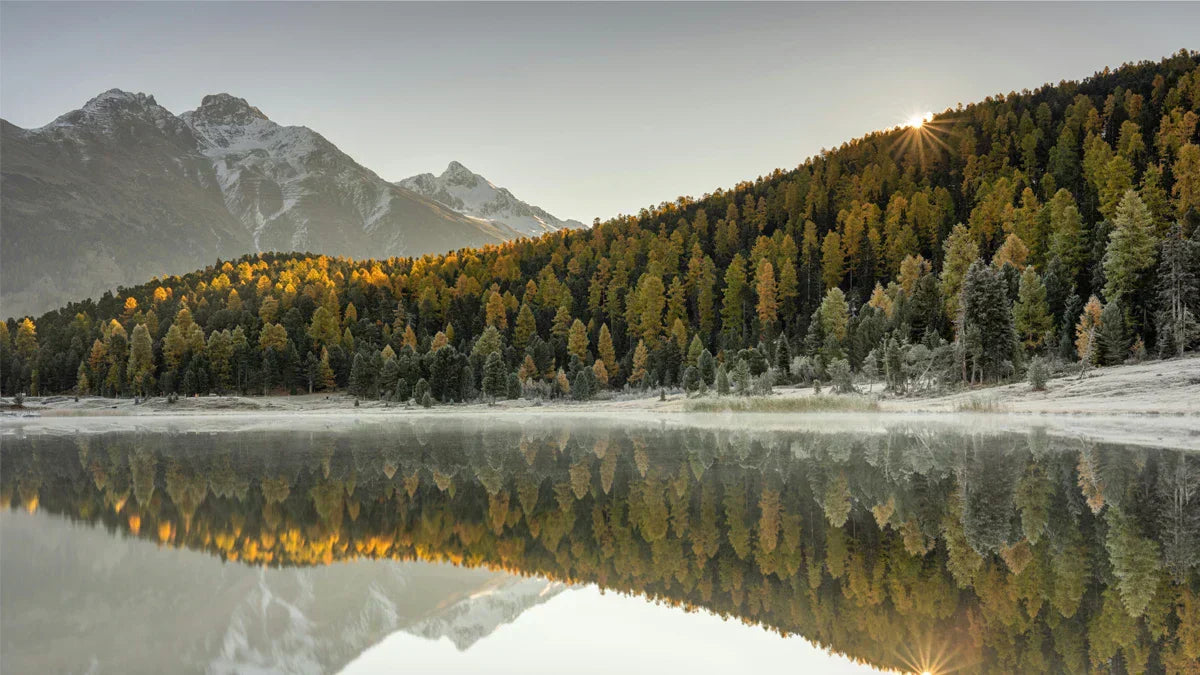1. Mastering Aerial Angles & Heights
A. Vertical overhead shot: The vertical overhead shot from the sky is more suitable for showing the farmland and urban network below and for expressing abstract art and color contrast. Skill—The drone should be flown at an altitude of 100-200 meters, and the light should be even (avoid strong sunlight at noon).
B. 45 Degree Bevel: This shooting angle can take into account both ground details and distant scenery and is suitable for shooting natural scenery (mountains, coastlines). Skill—Adjust the gimbal angle of the drone to 30-60 degrees, retaining the foreground (such as rocks) to increase the three-dimensional effect.
C. Low-Altitude Flight: This shooting mode is suitable for shooting to create a sense of speed and immersion (such as flying through the woods or flying along the river). Skill Note: You need to turn off obstacle avoidance to ensure safety.
2. Dynamic Composition Techniques
A. Orbit: Make circular motions around the subject to highlight its three-dimensional sense (such as statues and independent buildings). It is recommended that the drone fly at a constant speed and use the gimbal to fine-tune the subject to keep it centered.
B. Dolly Zoom: Zooming the drone backwards (or vice versa) creates a "Hitchcock-style" vertigo effect. This requires manual zoom control in an open space.
C. Track and follow: The drone can lock onto the moving subject (vehicle, athlete) and keep the relative position unchanged. At the same time, you can use the smart follow function to reserve buffer space to avoid mistakes.
3. Light, Shadow, and Time Selection
A. Golden Hour The drone was taken 1 hour before and after sunrise and sunset, and the soft light enhanced the color and layering.
B. Blue Hour The drone can also be used 20 minutes before sunrise/after sunset. The cool tones are suitable for the contrast between city lights and the sky. In cloudy and foggy weather, it can also scatter light to reduce shadows, which is suitable for shooting forests and mountain scenery in the style of ink painting.









